In fact, active wheelchair users are pushing their handrims approximately 2000-3000 times per day! This is why it is so important to select handrims that can enable optimal wheelchair propulsion efficiency and comfort when completing a wheelchair prescription.
Why choose an ergonomic handrim? - Evidence-Based Exploration
In studies that compared handrims with an ergonomic shape vs. the standard round metallic tube handrim, it was found that contact forces on the hand’s surface were reduced, pressure was more equally distributed on the hand’s surface, pain severity in the hand and wrist was decreased, and overall functional outcomes were improved when using an ergonomic handrim in comparison to a standard round metallic tube handrim. This benefits the end user, by increasing comfort during propulsion, decreasing risk for injury, and improving the overall quality of life. In studies that compared handrims with a high friction coating vs. a standard uncoated handrim, it was found that less finger and wrist flexor activity was required when using the high friction coated handrim compared to the standard uncoated handrim. This benefits the end user, as it increases muscle efficiency during propulsion, decreasing the risk for injury and enabling them to propel for longer distances and periods of time with feeling less fatigue and discomfort.
Therefore, based on the evidence available concerning handrims with an ergonomic design and a high friction coating material such as that offered by our new Omobic handrims, we can agree that they are clinically appropriate and can be beneficial for the end user.
At Motion Composites, we offer a wide selection of wheelchair handrims to meet our end user’s unique needs and individual preferences. That said, we would like to introduce our newest ergonomic handrim options: Omobic handrims - NOVA H, SIMI H, and OPTIMUM H. These Handrims are manufactured by a reputable supplier of wheelchair components and products from Denmark.
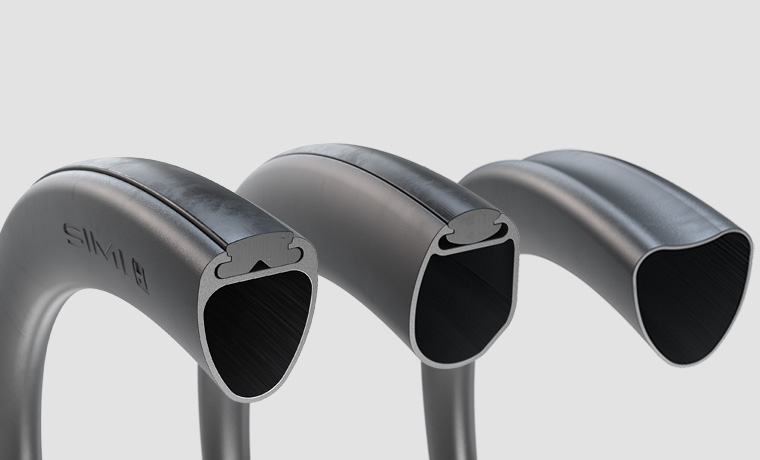
NOVA H
The NOVA H handrims are ergonomically designed with an ovular shape suitable to fit into the curvatures of the palm. They are made of black hard anodized aluminum and have a high friction silicone strip running down the center of the rim for added gripping benefits. The NOVA H handrims are suitable for individuals who require a high friction handrim with an ergonomic shape to enable propulsion efficiency due to limited hand function, decreased grip/hand strength, decreased range of motion, or decreased sensation. The NOVA H handrims are comparable to the Surge LT handrims.
Additional Information:
- Tabs come with 2 position options (narrow and standard [added adjustability in the standard position due to the oblong hole])
- Weight 1.3 lbs, Height 1.22”
- Sizes 22”, 24”, 25”, 26”
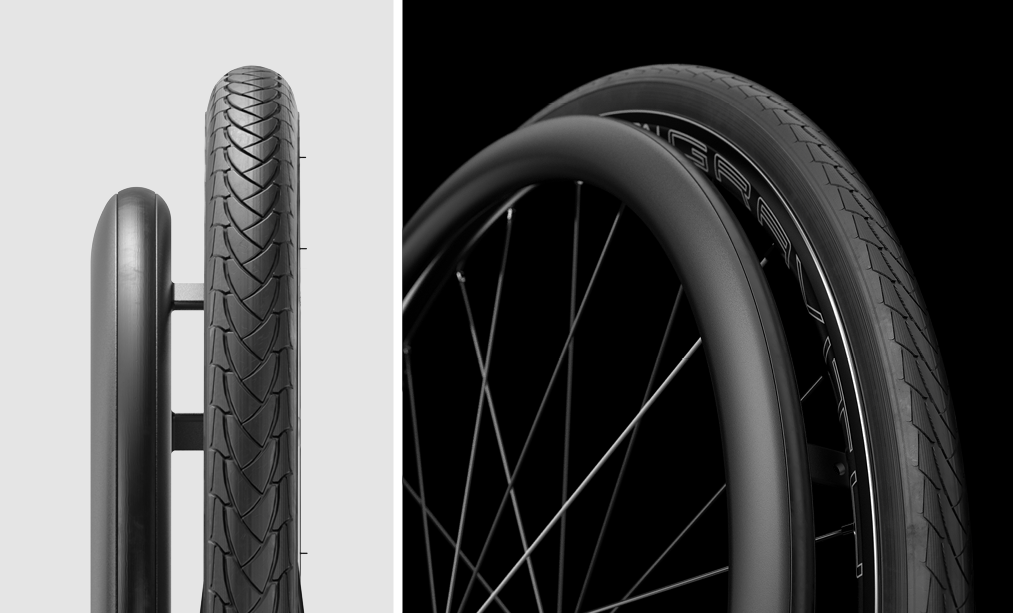
NOVA H Ergonomic Handrim
SIMI H
The SIMI H handrims are ergonomically designed with an ovular shape suitable to fit into the curvatures of the palm. They are made of black hard anodized aluminum and have a high friction silicone strip running down the center of the rim for added gripping benefits. The SIMI H is larger in size than the NOVA H and offers a larger gripping surface and wider silicone strip. The SIMI H handrims are suitable for individuals who require a high friction handrim with a larger surface area and ergonomic shape to enable propulsion efficiency due to limited hand function, decreased grip/hand strength, decreased range of motion, or decreased sensation. The SIMI H handrims are comparable to the Surge handrims.
Additional Information:
- Tabs come with 2 position options (narrow and standard [added adjustability in the standard position due to the oblong hole])
- Weight 1.8 lbs, Height 1.34”
- Sizes 22”, 24”, 25”, 26”
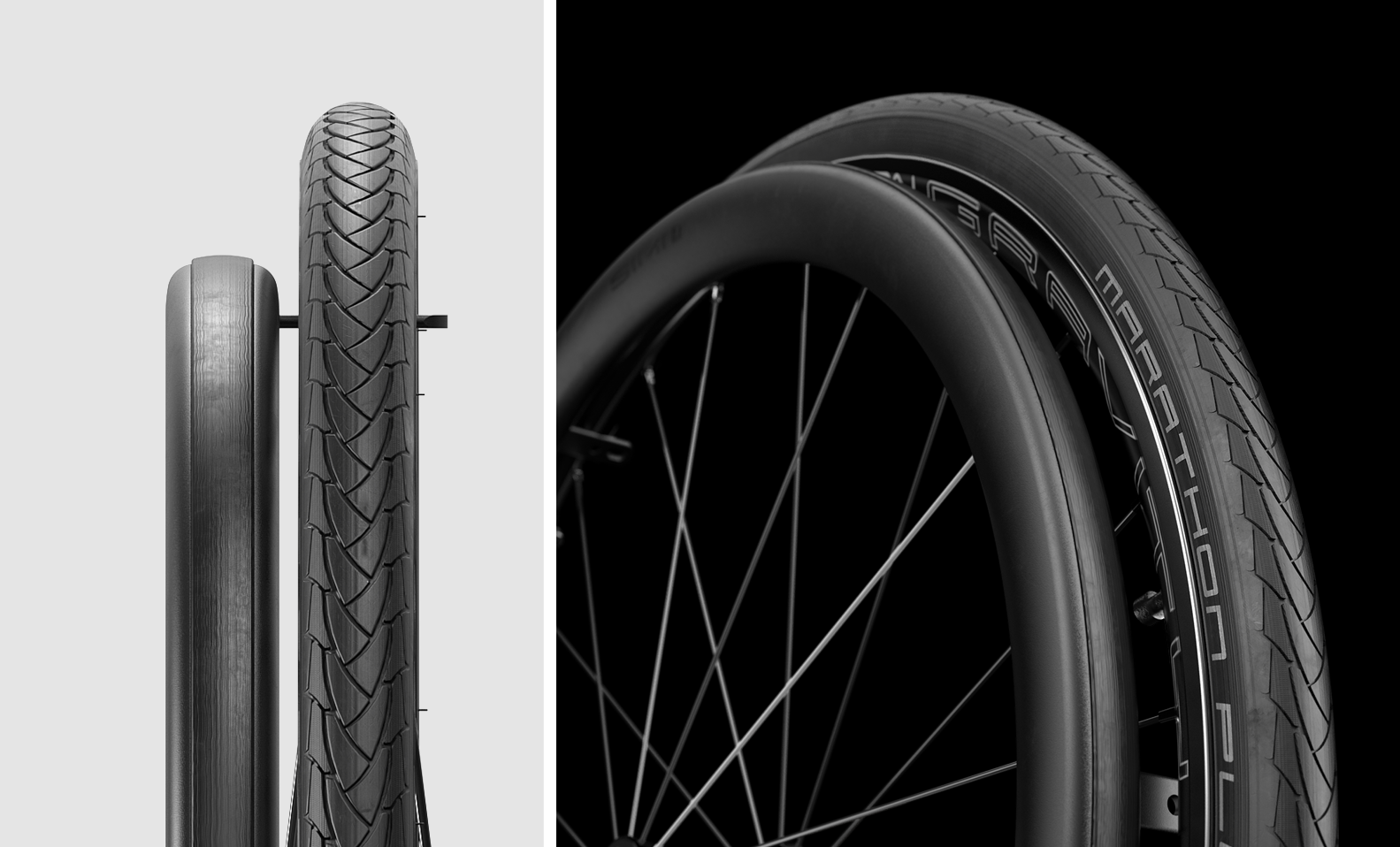
SIMI H Ergonomic Handrim
OPTIMUM H
The OPTIMUM H handrims are ergonomically designed with a heart shape suitable to fit into the curvatures of the palm. They are made of black hard anodized aluminum and have an indented groove running down the center of the rim for optimal thumb positioning. The OPTIMUM H handrims are suitable for individuals who require a handrim with an ergonomic shape to enable propulsion efficiency due to limited hand function, decreased hand strength, and hand/wrist pain.
The OPTIMUM H handrims are comparable to the Natural Fit.
Additional Information:
- Tabs come with 2 position options (narrow and standard [added adjustability in the standard position due to the oblong hole])
- Weight 0.8 lbs, Height 1.10”
- Sizes 22”, 24”, 25”, 26”
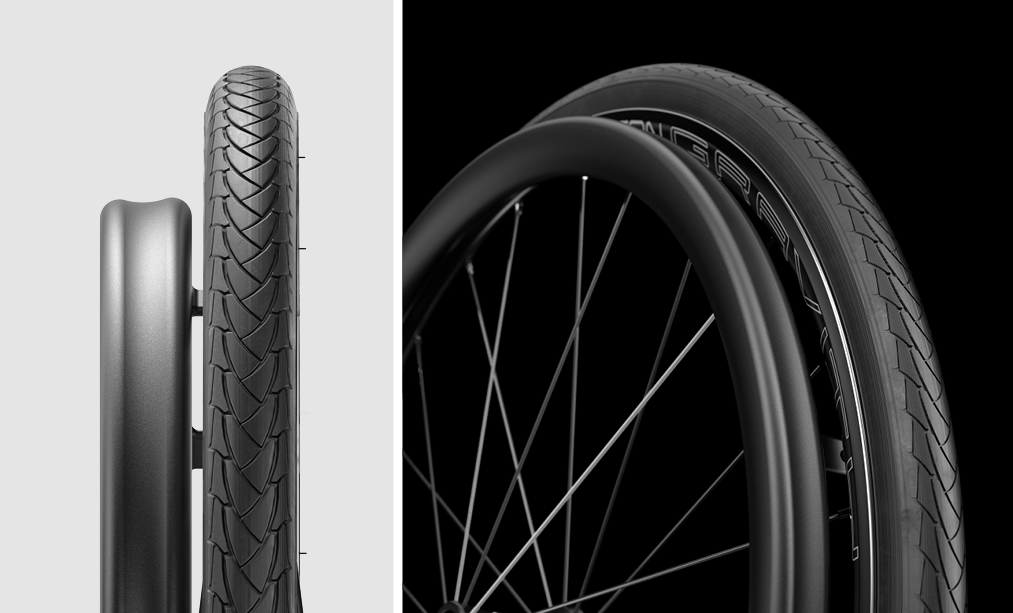
OPTIMUM H Ergonomic Handrim
Aspects to consider when selecting wheelchair handrims:
Handrim selection may seem like a straightforward component of a wheelchair prescription; however, with so many handrim options available, how do we choose the most appropriate for the end user? Seating therapists should consider a few aspects when selecting wheelchair handrims: the end user’s needs, function, environment, day-to-day activities, and current evidence. We hope that the information in this reading helps you make the best decision when choosing your wheelchair handrims.
Handrim Clinical Justification
Understanding which handrim is best for you or your clients can be challenging. We have prepared this guide that will help you determine which model fits best!
References:
Fortulan, C. A., Elui, V., & Silva, D. C. (n.d.). Pressure on hands during manual wheelchair propulsion: a comparitive study with two types of handrim. Www.academia.edu. Retrieved January 19, 2023, from https://www.academia.edu/1612796/Pressure_on_hands_during_manual_wheelchair_propulsion_a_comparitive_study_with_two_types_of_handrim
Koontz, A. M., Yang, Y., Boninger, D. S., Kanaly, J., Cooper, R. A., Boninger, M. L., Dieruf, K., & Ewer, L. (2006). Investigation of the Performance of an Ergonomic Handrim as a Pain-Relieving Intervention for Manual Wheelchair Users. Assistive Technology, 18(2), 123–145. https://doi.org/10.1080/10400435.2006.10131912
Medola, F. O., Silva, D. C., Fortulan, C. A., Carril Elui, V. M., & Paschoarelli, L. C. (2014). The influence of handrim design on the contact forces on hands’ surface: A preliminary study. International Journal of Industrial Ergonomics, 44(6), 851–856. https://doi.org/10.1016/j.ergon.2014.09.005
Richter, W. M., Rodriguez, R., Woods, K. R., Karpinski, A. P., & Axelson, P. W. (2006). Reduced finger and wrist flexor activity during propulsion with a new flexible handrim. Archives of Physical Medicine and Rehabilitation, 87(12), 1643–1647. https://doi.org/10.1016/j.apmr.2006.09.009




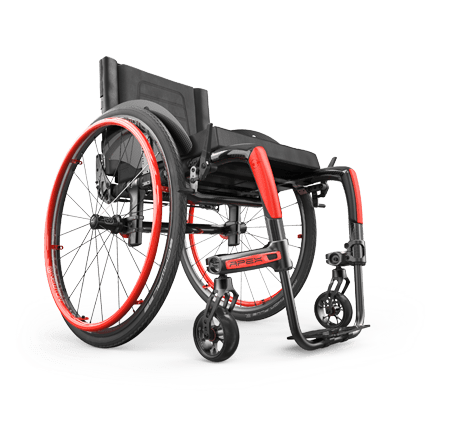
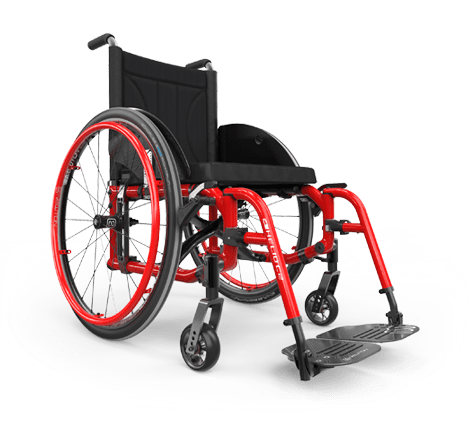
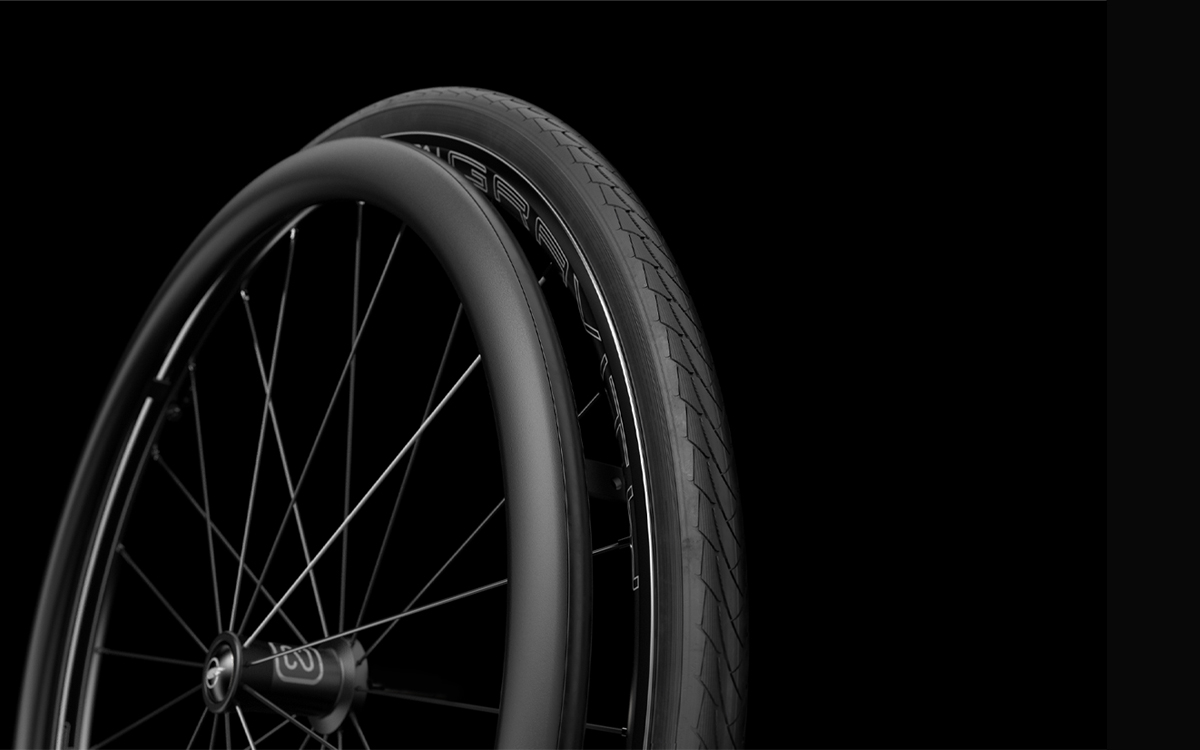




.jpg)